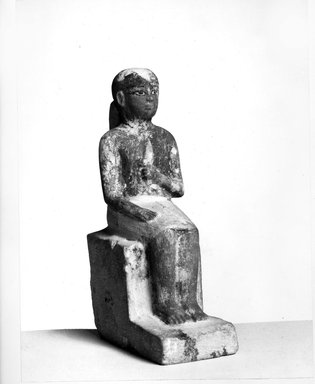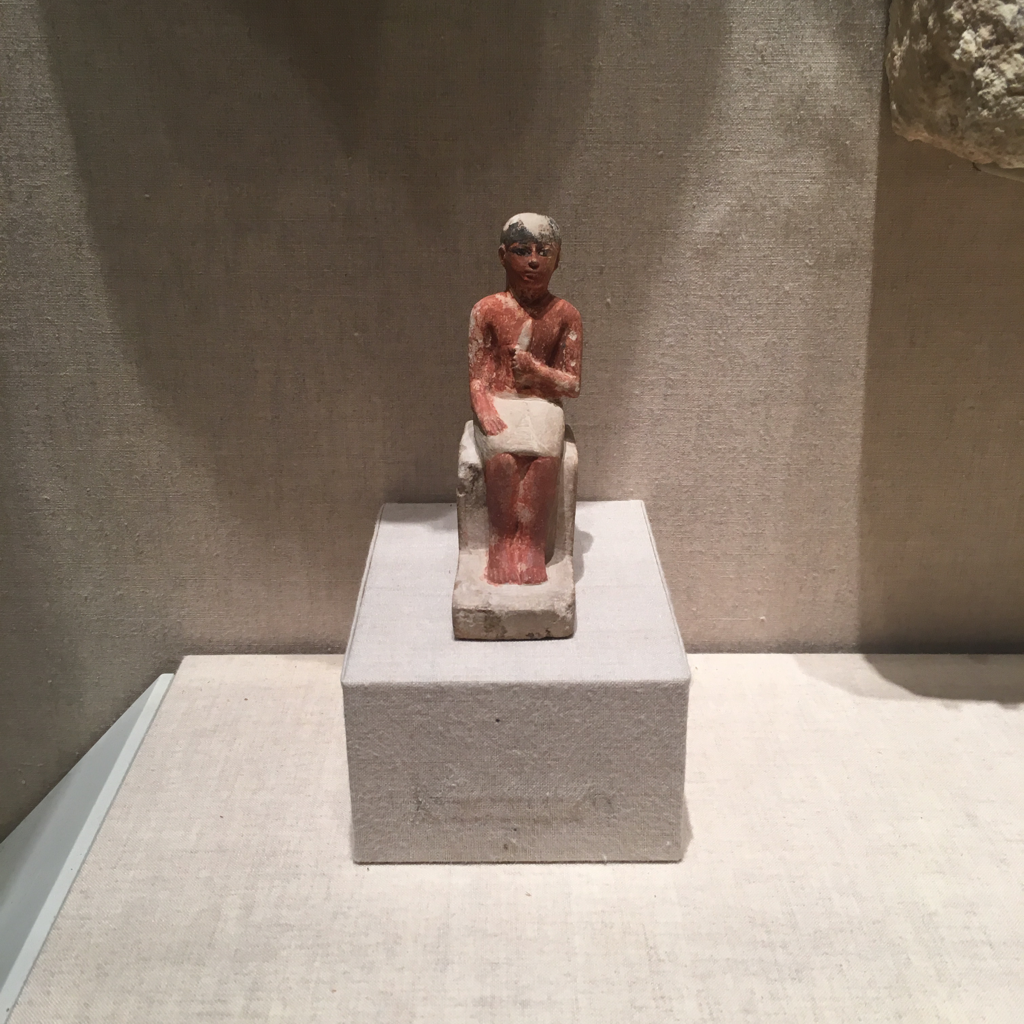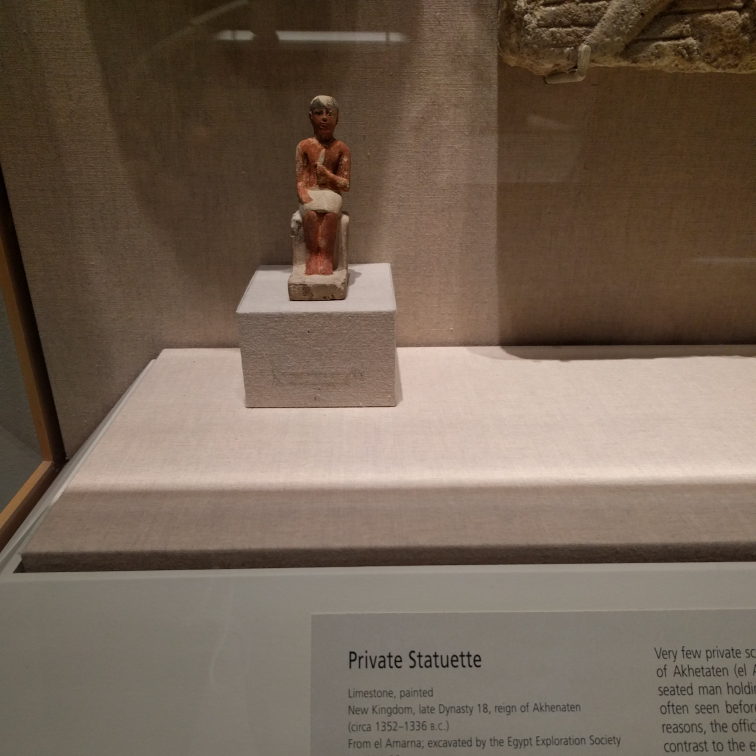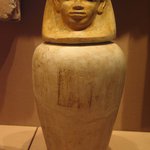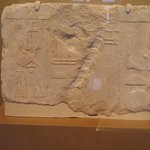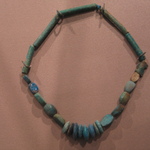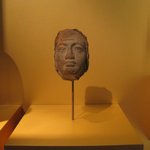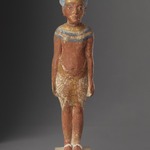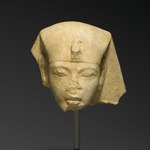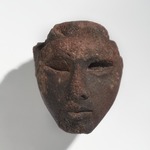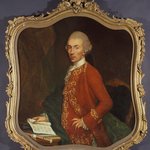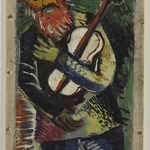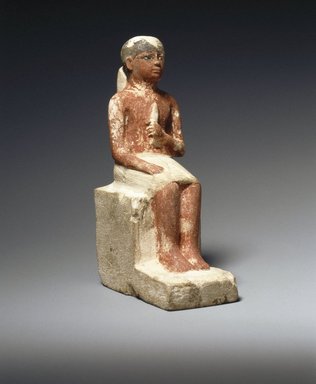

Private Statuette, ca. 1352–1336 B.C.E. Limestone, pigment, 3 1/2 x 1 1/16 x 2 1/4 in. (8.9 x 2.7 x 5.7 cm). Brooklyn Museum, Gift of the Egypt Exploration Society, 29.1310. Creative Commons-BY (Photo: Brooklyn Museum, 29.1310_SL1.jpg)

Private Statuette, ca. 1352–1336 B.C.E. Limestone, pigment, 3 1/2 x 1 1/16 x 2 1/4 in. (8.9 x 2.7 x 5.7 cm). Brooklyn Museum, Gift of the Egypt Exploration Society, 29.1310. Creative Commons-BY (Photo: Brooklyn Museum, CUR.29.1310_wwg7.jpg)

Private Statuette, ca. 1352–1336 B.C.E. Limestone, pigment, 3 1/2 x 1 1/16 x 2 1/4 in. (8.9 x 2.7 x 5.7 cm). Brooklyn Museum, Gift of the Egypt Exploration Society, 29.1310. Creative Commons-BY (Photo: Brooklyn Museum, CUR.29.1310_NegA_print_bw.jpg)
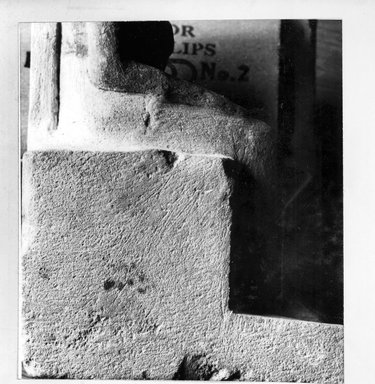
Private Statuette, ca. 1352–1336 B.C.E. Limestone, pigment, 3 1/2 x 1 1/16 x 2 1/4 in. (8.9 x 2.7 x 5.7 cm). Brooklyn Museum, Gift of the Egypt Exploration Society, 29.1310. Creative Commons-BY (Photo: Brooklyn Museum, CUR.29.1310_NegH_print_bw.jpg)

Private Statuette, ca. 1352–1336 B.C.E. Limestone, pigment, 3 1/2 x 1 1/16 x 2 1/4 in. (8.9 x 2.7 x 5.7 cm). Brooklyn Museum, Gift of the Egypt Exploration Society, 29.1310. Creative Commons-BY (Photo: Brooklyn Museum, CUR.29.1310_NegB_print_bw.jpg)

Private Statuette, ca. 1352–1336 B.C.E. Limestone, pigment, 3 1/2 x 1 1/16 x 2 1/4 in. (8.9 x 2.7 x 5.7 cm). Brooklyn Museum, Gift of the Egypt Exploration Society, 29.1310. Creative Commons-BY (Photo: Brooklyn Museum, CUR.29.1310_NegG_print_bw.jpg)
Private Statuette
Egyptian, Classical, Ancient Near Eastern Art
On View: Amarna Period, Martha A. and Robert S. Rubin Gallery, 3rd Floor

